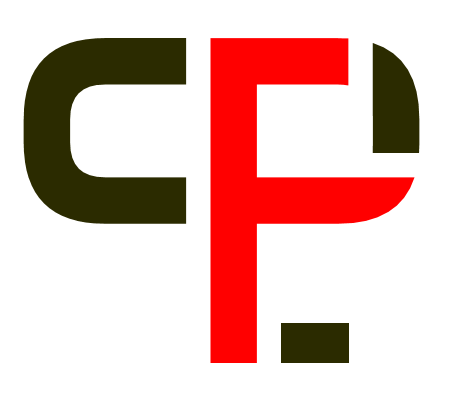Despite its focus on logic, theory of knowledge and ontology, phenomenology has always been closely associated with aesthetics and the arts. It should be noted however that in phenomenology aesthetics has never been understood just as the traditional theory of beauty and arts. Already from its beginnings, phenomenological aesthetics incorporates also the field of sensuous experience, namely, the sphere of aisthēsis, engaging not only with the experience of arts, but also with hyletic data, corporeality, affectivity, perception, visibility and so on. Although Husserl’s phenomenology is not usually associated with its focus on aesthetics, in his works he addresses questions of sensuous data, perception, imagination, phantasy and image-consciousness. The aesthetic topics are present in the early phenomenology, most notably, but not exclusively, in the works of members of the Munich and Göttingen circles, and are continually elaborated throughout the development of the phenomenological movement up to the contemporary phenomenology (by Moritz Geiger, Theodor Conrad, Johannes Daubert, Gustav Shpet, Nicolai Hartmann, Roman Ingarden, Fritz Kaufmann, France Veber, Martin Heidegger, Jean-Paul Sartre, Mikel Dufrenne, Maurice Merleau-Ponty, Michel Henry, Henry Maldiney, Marc Richir and Jean-Luc Marion among others).
Calendar | Conference
Phenomenology & Aesthetics
Annual Conference of the Central and East European Society for Phenomenology
Riga, 29 - 1 July 2017

